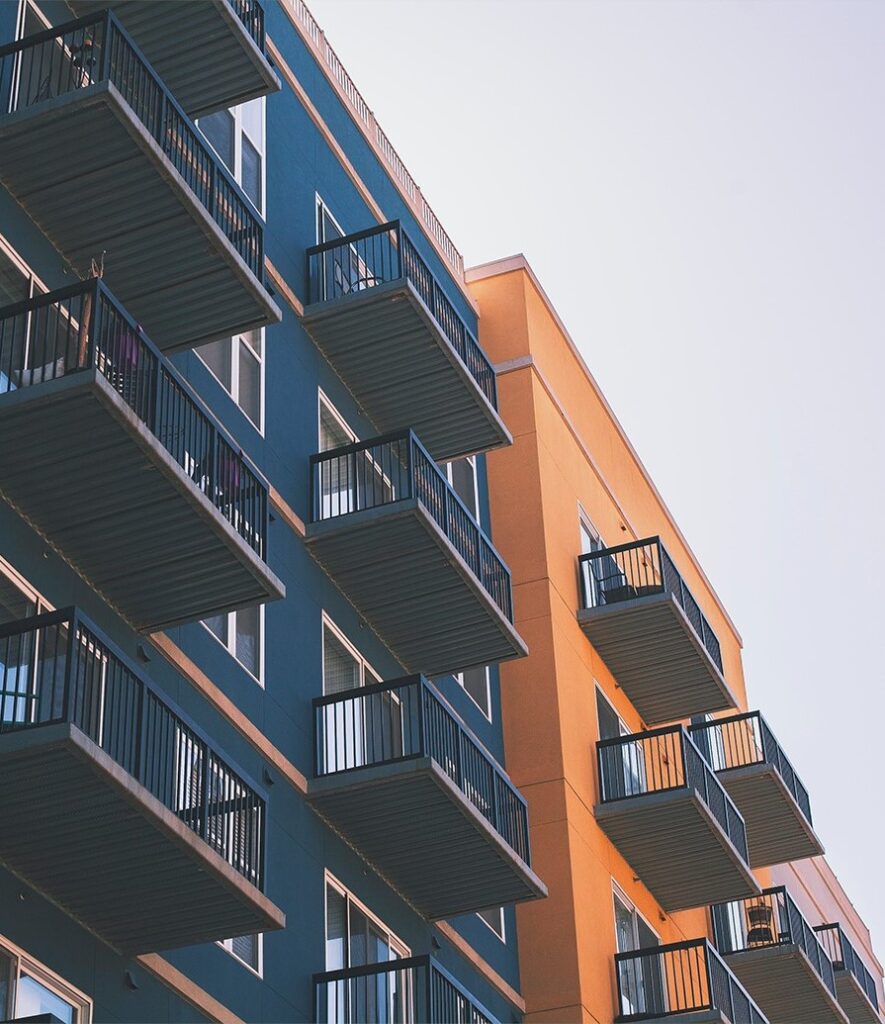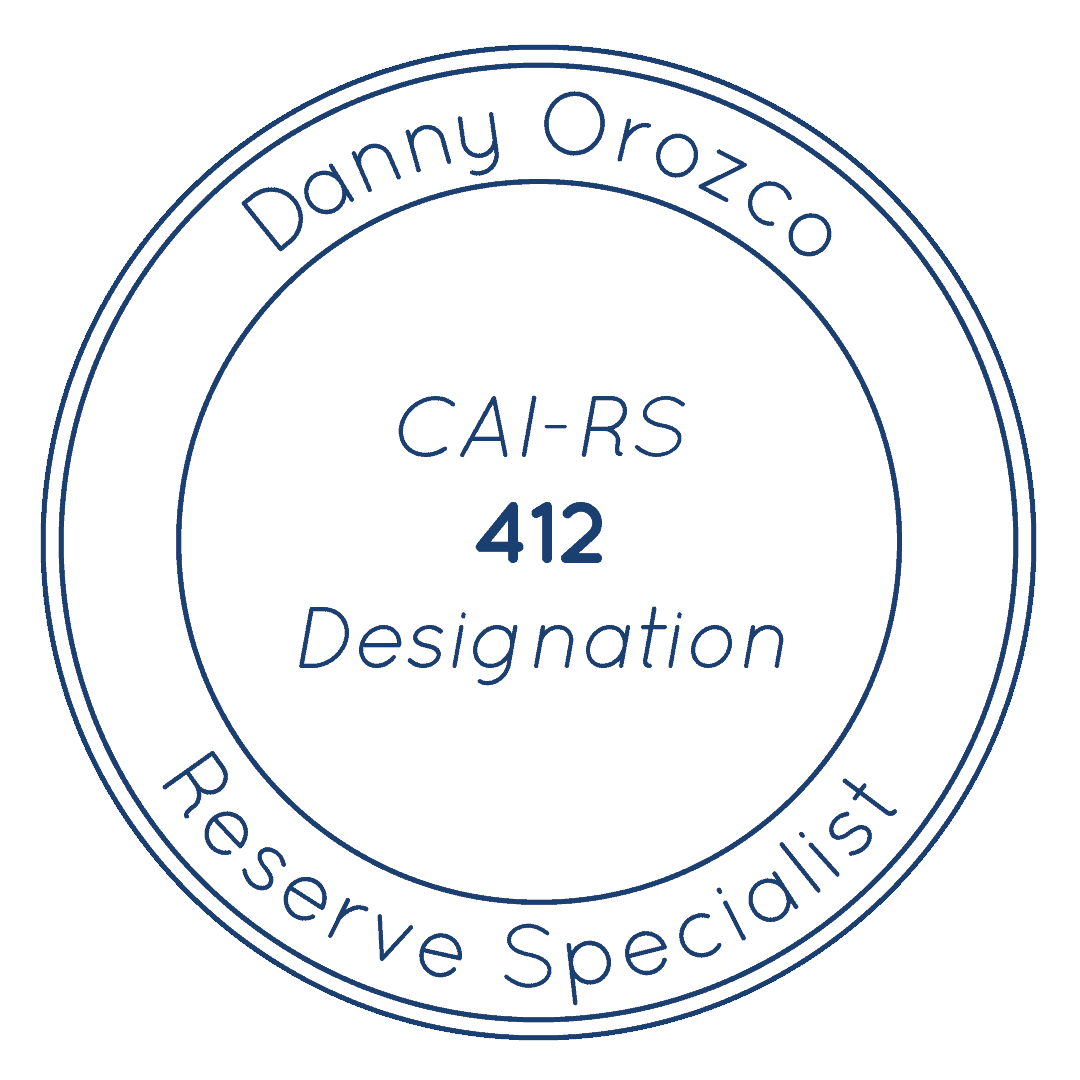Reserve Studies

overview of our RESERVE STUDY SERVICES
With over half a century of combined experience in working with the Department of Real Estate’s investigators, California Builder Services has the experience to accurately and efficiently complete reserve studies on all types and sizes of developments.
We are acutely experienced in the application and use of reserve studies, as we have created thousands of homeowner association budgets, all of which have been reviewed and approved by the Department of Real Estate’s Investigators.
We know how important it is to have a reserve study prepared by a group who is so familiar with the requirements of the Department of Real Estate.


For California property owners, the Davis Stirling Common Interest Development Act sets forth the requirements for budgets and the information that must be included in a reserve study. More specifically, Civil Code section 5550 requires a reserve study be completed at least every three years, and reviewed annually.
For this reason, many associations will have annual financial analysis updates to the Study, to reflect the changing financial information of the HOA without a site inspection.
How We Provide Reserve Studies

How We Provide Reserve Studies
- Conducts site inspection and reserve analysis, with available annual updates and aged common area
- Detailed analysis of Reserve accounts and
Financial projections
- Create platforms for Start-up Budgeting
and future Phases
- Regional construction cost database
Studies completed by a Certified Reserve
Specialist of the Community Association Institute


Frequently Ask Question
About DRE Public Report Processing
What is Reserve Study?
A Reserve Study is a budget planning tool used by condominium associations and homeowner associations to create an effective funding plan for anticipated common area maintenance expenses over 30 years. Reserve Studies are vital to implementing and maintaining a financially healthy community association. Lending institutions such as the Federal Housing Authority (FHA) are adopting stringent requirements in the hopes of ensuring a minimum standard of Reserve Fund health. Some studies also show that an association with a fully funded reserve account, as evidenced by a Reserve Study, will help maintain and increase the property value of the homes. The Reserve Study includes two parts; a physical analysis and a financial analysis.
The physical analysis consists of a site inspection which is a limited visual inspection of the association’s common area components and quantity of assets. The purpose of the physical analysis is to identify common area components, evaluate their condition, determine useful life, estimate remaining useful life, and estimate the major repair or replacement costs.
The financial analysis assesses the association’s current reserve balance, together with the future costs, to determine recommendations to the association for an appropriate reserve contribution rate. The financial analysis will include three funding models from which you can choose to best fund your reserves.
What will a Reserve Study tell us?
Every Reserve Study provides three key pieces of information, useful for both annual budget planning and disclosure purposes. The results are part of National Reserve Study Standards:
- Assessment and Reserve Funding Summary Disclosure Statement
- A full and complete Component List, including photographs and a summary of the item
- Strength of the Reserve Fund shown as a Percent Funded, along with future estimated cost planning
- Recommended Funding Plan
What time of year should we do our Reserve Study?
Since a Reserve Study is a budget planning tool, most Associations start the process by soliciting a Reserve Study proposal six months in advance of their Fiscal Year (FY) End. This gives the Board of Directors sufficient time to have the study completed, reviewed, and to incorporate the funding recommendations into the budget for the upcoming Fiscal Year.
What makes an asset a "Reserve Component" versus an Operating Component?
A “Reserve Component” is an item that is the responsibility of the association to maintain, has a predictable useful life expectancy, typically occurs on a timeline that exceeds 1 year and costs above a minimum threshold cost.
“Operating Component” expenses are typically expenses that occur on an annual or monthly basis or are below the minimum threshold cost for the Reserve Component list.
When is a Reserve Study required?
Timing requirements for reserve studies differ with varying state legislation, but every association that has common area components should have a Reserve Study prepared on a periodic basis. For California associations, Civil Code section 5550 states a full Reserve Study shall be completed at least once every three years. If applying for a Public Report, the Department of Real Estate requires a Reserve Study to be completed within the first year after the development is completed. It’s very common for associations to have the Reserve Study updated annually. This happens for a multitude of reasons, including changes in assessments and updated future costs estimates. A Reserve Study should be used to assist a board in making budgetary decisions for the coming financial year. This means the Reserve Study should be completed in advance of the board meeting.
While the law states that a full study should be done every three years, it goes on to state that the Board should review the Study annually. Many experts in the field believe the law suggests annual financial analysis updates to the Study, to reflect the financial aspect of the HOA without a site inspection.
Does the Department of Real Estate require a Reserve Study be done on my development?
For Subdividers of existing subdivisions or condominium conversions, the Department of Real Estate (DRE) requires submittal of a Reserve Study for use as an evaluation tool which serves as the ‘baseline’ for the proposed HOA Start-Up Budget.
Why is it important to perform a Reserve Study?
A Reserve Study provides the essential information needed to guide the Board of Directors in their budgetary decisions for their community. In addition to assisting the Board of Directors in determining the correct amount of money to go into the Reserve Fund, the Reserve Study also serves as a guide for obtaining and evaluating proposals in advance of pending projects.
The Reserve Study will also be a valuable tool when working with real estate professionals and lending institutions for potential homeowners, as it is often requested to reveal the strength of the Reserve Fund prior to purchasing a property. A well-documented and strongly funded Reserve Fund increases property values and marketability.
How do I start the process to obtain a Reserve Study?
The process starts with the request for a proposal. Proposals can be obtained by filling in the request form on this website or alternatively by calling our office at (559) 473-2690 or by email to info@wordpress-612118-2064824.cloudwaysapps.com.
Are your representatives willing to talk with the Board free of charge?
Yes. This is actually part of our proposal. Though not all boards take us up on this offer, we feel that it is beneficial to review the report with the board members or property managers and, at a minimum, perform a Q&A session to get their feedback. Although we present a finished product the first time we send a copy of our report to a client, we always anticipate comments and changes and include those complimentary. Every effort is made to have a finished product that all are happy with, and that represents an accurate funding plan for your development
What happens in a site visit?
The property inspection is conducted following a review of the documents that establish and identify all common area assets. Measurements are taken and a summary inspection of the property is completed. Estimated life expectancies and life cycles of common area components are based on conditions that are readily accessible and visible at the time of the inspection. The inspection does not include any type of intrusion or intervention, other than normal use and viewing of the components.
What will the Board need to provide?
Reserve Study preparation requires copies of the current budgets, balance sheets, site maps, access keys / codes, vendor proposals, recent invoices, preferred vendor contacts (painters, pavers, landscapers, etc), and any prior reserve studies. Our staff will obtain all maps, site plans, and recorded CC&Rs.
Who should have a Reserve Study?
Any business or association responsible for the long term maintenance and replacement of significant assets can benefit from a Reserve Study. This insures that there is no future loss of value due to the deterioration of the assets. Reserve Studies are generally performed for homeowner associations, town homes, condos and property owners’ associations, but also for business parks, commercial office complexes, general businesses, and municipalities.
Reserve Studies Resources
how we provide superior service

